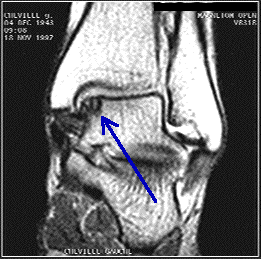What are stress fractures?
Jun 19, 2018
Episode 10: What are stress fractures?
A stress fracture is a tiny crack in a bone that usually happens from overuse. Putting repetitive strain on bones can break them down. Resting gives bones a chance to rebuild, the way muscles do. But when someone increases the amount of strain — as can happen when running farther or starting a new sport —sometimes the body can't keep up. The bones can't handle the added stress, and they start to develop tiny cracks called "microfractures." These can lead to stress fractures.
SOME TREATMENTS: If noticed early and treated correctly, most stress fractures will heal by themselves in a matter of weeks. But if someone resumes activities too soon, tiny stress fractures can become larger and harder to heal. Re-injuring a stress fracture can also lead to a painful, long-lasting condition where the fracture might never fully heal.
- Stop doing activities that put stress on your legs, feet, spine, or other injured area. Rest is the most important part of treatment for a stress fracture. Stay off your feet as much as possible until you've been cleared by a doctor to go back to your normal activities.
- Use ice or a cold compress to reduce swelling. A typical regimen might involve icing the injury as needed every 3 hours for 15 minutes each time.
- Ask Dr. Pulapaka about which anti-inflammatory medicines to take.
- If you have a high-risk stress fracture, you might need a brace, walking cast, or splint to protect the fractured area and to keep it free from movement, and possibly crutches.
- In rare cases, some high-risk stress fractures may need surgery if other treatments don't work.

